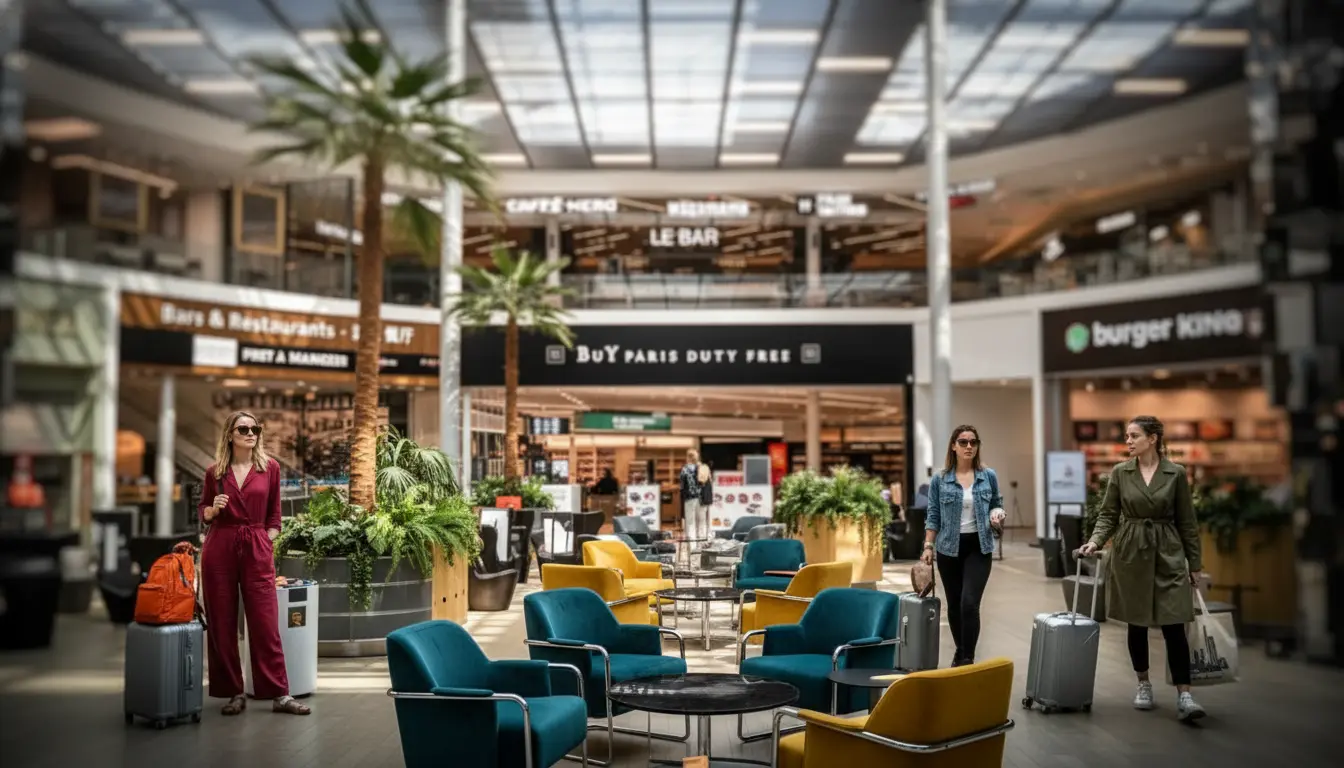The Pandemic’s Aftermath: Struggling for Takeoff
Up until a few years ago, duty-free shopping was practically mandatory for anyone passing through an airport. Rows of untaxed perfumes, cigarettes, and sweets tempted travelers, and the tills rang constantly. However, since the Covid crisis, those once-crowded aisles have started to look deserted.
Despite air travel bouncing back to near-2019 levels, a decade of strong and steady growth in the travel retail sector has been cut brutally short. According to a Kearney study released at the Tax Free World Association convention, “the Covid crisis suddenly interrupted a decade of significant and regular growth (+9% per year) in travel retail.”
A Numbers Game: Plummeting Spending and Revenues
The numbers speak for themselves, and they’re nothing to smile about if you’re in duty-free management. The Kearney study reports that the average spend per traveler plummeted by 29% in 2022, down to $17 per person. By 2024, that figure has sunk even further, settling at $15 per traveler—compared to $24 in 2019. All told, global sales last year hit $74.1 billion, a sharp 13% fall from their pre-pandemic high.
Where Did All the Shoppers Go?
So, what’s weighing down duty-free shops? The answers are varied, but price and product selection top the list. According to the study:
- 64% of passengers are dissatisfied with the prices (50%) or with the product choices on offer.
- General inflation has squeezed consumers’ budgets, and airfare-specific price hikes haven’t helped either.
With tighter wallets and pricier plane tickets, shoppers are making tough decisions. And it’s not just about money—how passengers spend their time at the airport has shifted as well.
Increasingly, especially among younger travelers, precious layover minutes are spent glued to screens rather than browsing the aisles for a last-minute deal. Millennials (Generation Y) and Gen Z now form a growing slice of the flying public, and they simply aren’t wowed by yesterday’s tax-free classics.
The Next Generation: Want More Than a Discount
According to the study, these younger generations have expectations that go well beyond price tags:
“For 77% of Generations Y and Z, the shopping experience outweighs price as the top reason to consider duty-free purchases. If the travel retail sector wants to get travelers’ attention and reclaim airports as attractive shopping centers for all, the entire approach needs a refresh.”
So, what’s the secret sauce for a healthy post-pandemic duty-free? The Kearney study suggests:
- Special deals and competitive prices remain essential
- A wide range of products is a must-have
- Personalized interaction and custom-tailored shopping experiences are highly sought after
- First-rate service should be the norm, not the exception
Exclusivity is also strong bait: 37% of respondents say they’d buy more at airports if exclusive products were available, while 17% would shop more with the option of delivery. Generally, 32% name the shopping experience as a key driver, and 69% see their time at the airport as a prime opportunity for shopping—provided it’s actually worth it.
Reviving Duty-Free: A Team Effort
With the deck stacked against them, how can duty-free stores weather the storm? Collaboration is a crucial ingredient:
“Retailers must strengthen cooperation through data sharing between airports, retailers, brands, carriers, and digital partners. Only a genuine reassessment of their current methods—and a collective wake-up call—can give travel retail, especially in Europe, a renewed sense of purpose for future generations.”
So, the challenge has been set: if duty-free shops want to win back travelers and avoid being relegated to airport ghosts, innovation and teamwork are on the departure board.
Kearney carried out its study with 3,500 customers across 10 countries, as well as interviews with over 40 senior executives from global airports, airlines, travel retail companies, and brands.

